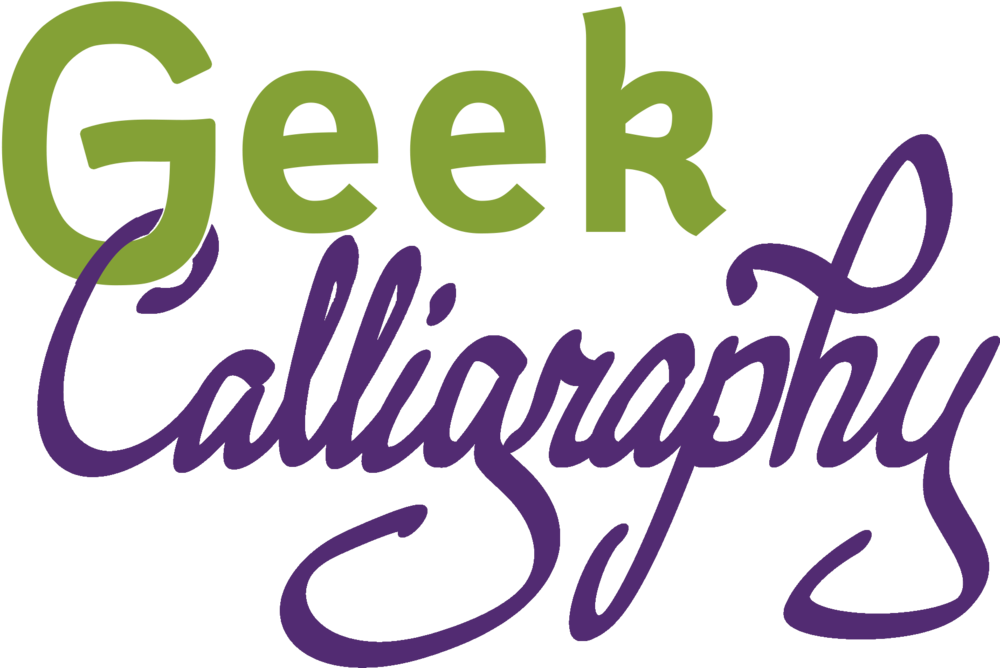by Ariela
This is the first in a series of three blog posts on the making of the Penric's Demon Illuminated First Page art print. The other parts in the series can be found here: Part 2: Drafting The Page | Part 3: Symbolism
In making an illuminated manuscript from a fantasy world, there were a lot of decisions to make about the aesthetic underpinnings before I could even get started on the art and the calligraphy. This post will go through some of the major factors I had I consider before setting pencil to paper.
Choosing References
I am <understatement> fond of research </understatement>. So, when tackling any illumination project, I like to ground it by drawing on specific historical examples. But I needed some search criteria, particularly Where and When to look for examples.
Penric's Demon is set in the Weald, which Lois McMaster Bujold has said was inspired by Germany. But it is specifically set in the cantons. A little bit of googling around found the town of Jura in the Swiss Cantons in our world, and I decided to take that as a rough real-world analog.
Time is easier. The Curse of Chalion is a fantasy re-telling of the marriage of Isabella and Ferdinand, which happened in 1469. "Penric's Demon" takes place about 100 years prior to The Curse of Chalion, which meant that I was now looking for a manuscript from 1350 or so.
So now I had my time and place search criteria for reference materials. But I also had one more criterion: for reasons I cannot adequately explain, I was already envisioning this page with two columns of text.
It turns out I didn't find any manuscripts from Switzerland near the French border in that time period that grabbed me, but that was okay - it's a fantasy world, not historical fiction. I settled on Harley MS 4482 and Royal MS 20 D I as my primary models.
Harley MS 4482 f. 76
Royal MS 20 D I f. 11
These weren't the only manuscripts I looked at by a long shot. I consulted many others for reference to individual elements on the page, but these were the ones I used to set up the basic layout of the page and to set the tone for the overall aesthetic.
Adaptational Difficulties
One of the tricky things about this project was that it wasn't just an attempt at figuring out what a manuscript from the Weald would look like and executing it. The finished product needed to be something that modern viewers would immediately identify as a medieval illuminated manuscript. Which is to say, it needed to look less like an actual historical manuscript than like what most viewers think an historical manuscript looks like.
For example, neither of my primary manuscript models are written in a Gothic alphabet. But the stereotype of old manuscripts is that they are in Gothic. So I wrote it in a Gothic alphabet, albeit one that is a bit looser than the standard (I'll go into why I chose that one a bit more in the next post).
It also needed to be attractive to modern viewers. Aesthetic standards have evolved considerably since the medieval period. For example, mermaids are a popular genre in fantasy art and seem to generally sell well with that audience. But compare these two illustrations of mermaids, one by contemporary artist Meredith Dillon, the other two from Bodleian Douce MS 134.
"Blue Mermaid" art print by Meredith Dillman. You can buy it at MeredithDillman.com. Used with permission.
Mermaids from Bodleian MS Douce 134, c. 1450-70 C.E.
Despite the titillation (all pun intended) of the historical mermaids being topless, which do you think will play better at a convention art show? Aside from not being terribly pretty, it takes a moment to even read the two historical mermaids as mermaids rather than as women who are being swallowed by fish up to their waists.
I knew I would need to strike a happy medium between evoking the historical references strongly and conforming to modern visual vocabulary.
Symbolism
Many of the standards of medieval European illustration and imagery resulted from Christian iconography and biblical allusion. In trying to reproduce recognizable elements from that genre, I needed to make sure that I didn't accidentally include anything that wouldn't make sense in the World of the Five Gods from a worldbuilding standpoint.
A Trinity Knot, for example, is frequently used as a representation of Christian theology, but it would not be an appropriate to use it as a theologically significant icon in a World of the Five Gods manuscript.
Is this the Daughter of Spring appearing at the spring of Limnos? Or the Assumption of the Virgin Mary?
Holford Hours MS M.732 fol. 56v
I also needed to make sure that I didn't accidentally cross any cultural wires. A woman in a blue veil with a halo in a manuscript in the World of the Five Gods would clearly be the Daughter of Spring. But before a real world viewer could identify the Daughter so portrayed, they would first have to unplug that image from their mental slot labeled "Virgin Mary Iconography" and stop to think about the context. (Doesn't everybody have mental slots for medieval imagery?)
Next Monday I will walk through the process of actually drafting the page. Stay tuned!
Read the next posts in the series:
Part 2: Drafting The Page
Part 3: Symbolism



